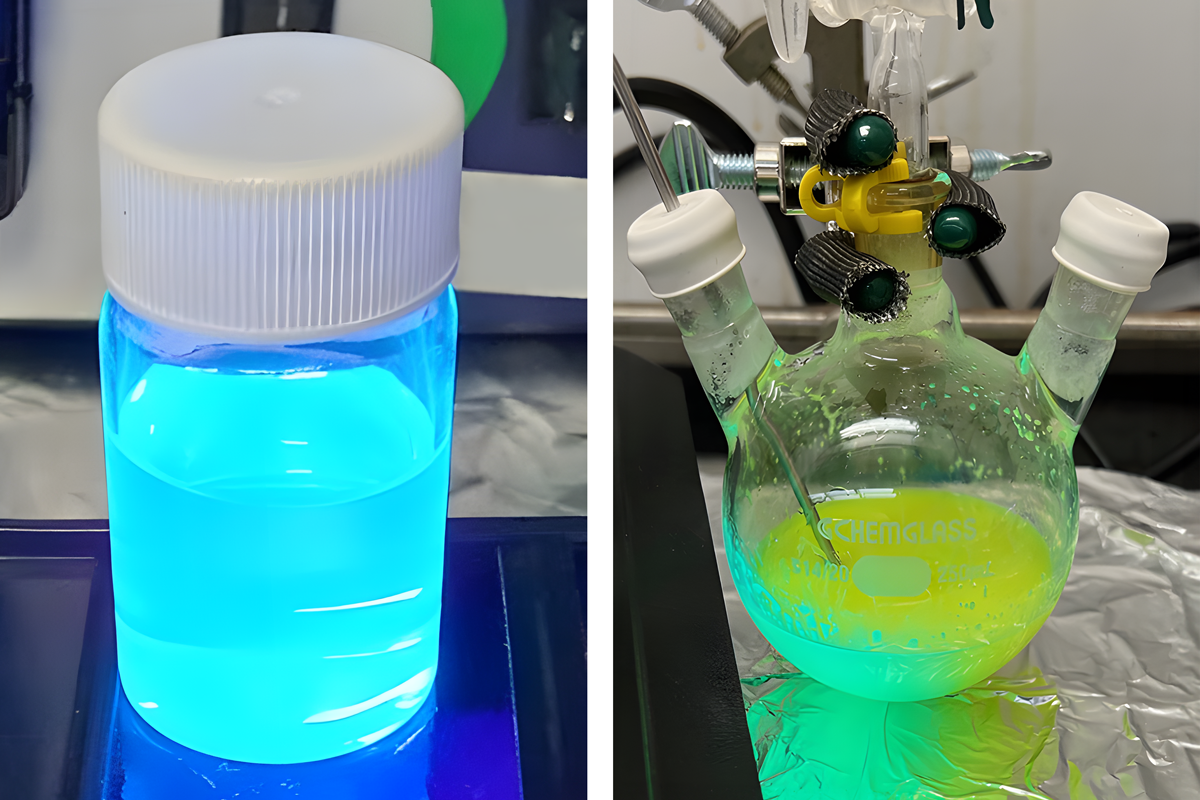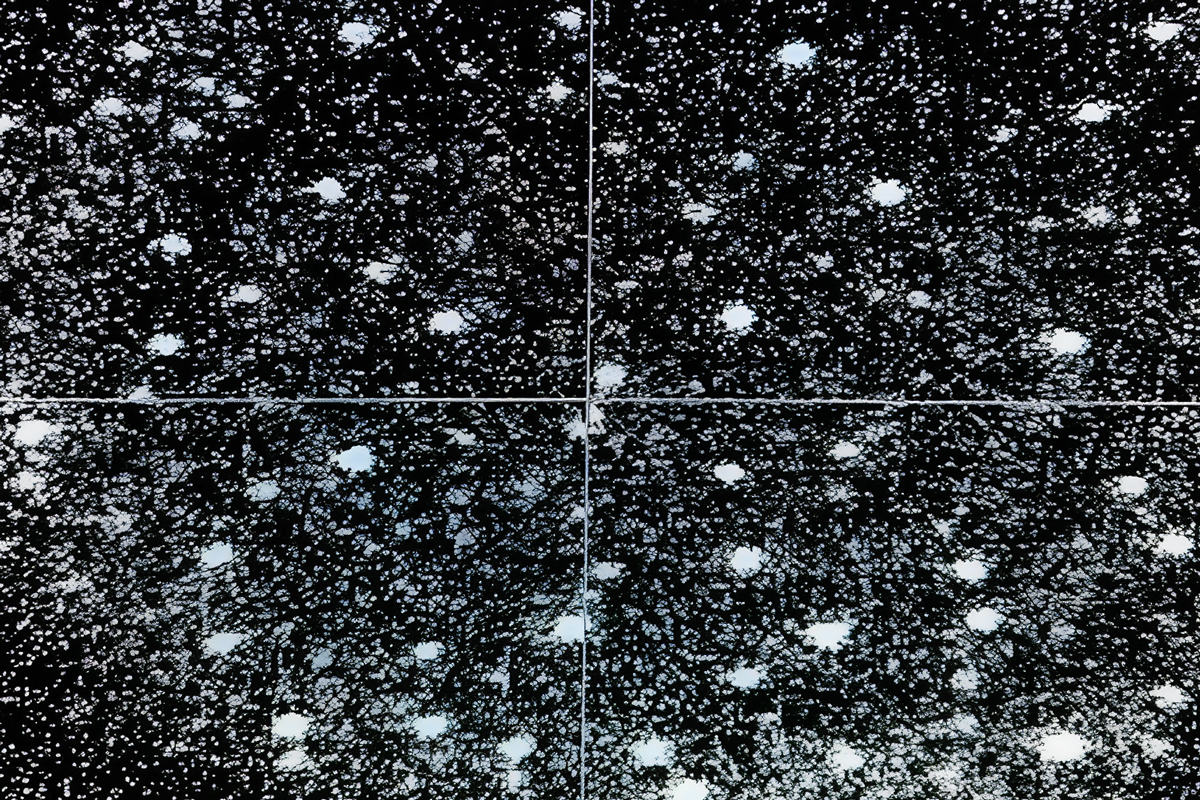Yitong Dong, Ph.D., assistant professor in the Department of Chemistry and Biochemistry, Dodge Family College of Arts and Sciences at the University of Oklahoma, is the only recipient in the state of Oklahoma to have been selected for funding through the 2023 Department of Energy’s Early Career Research Program.
Nanocrystals are a type of building block of nanotechnology that can be used to improve secure communications. Dong’s research group has developed a unique capability to produce extremely small nanocrystals that could enhance the purity of single photon emissions and advance capabilities toward scalable, room-temperature quantum communications.
“The future of quantum information science will enable us to encrypt our information communication in a nearly perfect way that it can never be hacked or eavesdropped,” Dong said. “This relies on quantum light sources, but current quantum light sources have to work at very low temperatures that usually require liquid helium and an ultra-high vacuum to have sufficient emission efficiencies, so that's going to be very expensive if we're looking at scalable quantum communication devices. Our nanocrystals, on the other hand, can emit light at room temperature with really high efficiencies.”
By adjusting the size of these nanocrystals, some as small as several billionths of a meter, Dong’s research group is studying how the nanocrystals' surface influences how they emit light.
“For this project, we synthesized a very special nanocrystal called perovskite nanocrystal,” Dong said. “They are very, very bright. How they emit light and the color of the light emitted will change as a function of their sizes. As a nanocrystal materials research group, we can make billions or trillions of them with almost identical size, and then we can control their surface.”




